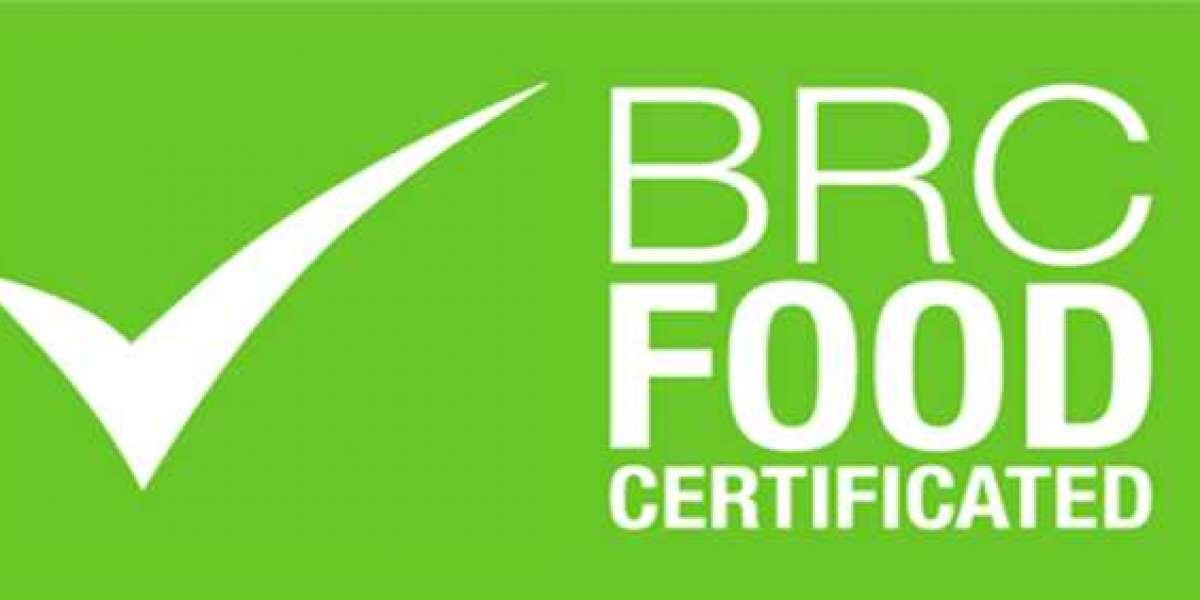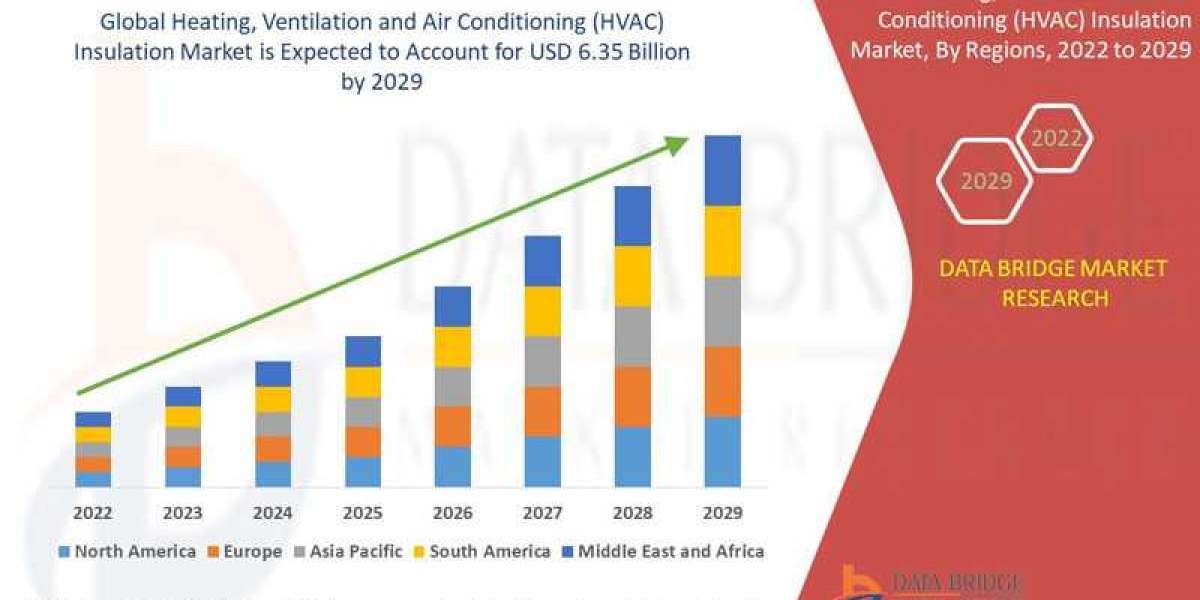Introduction:
In the food industry, maintaining high standards of safety, quality, and integrity is paramount. The British Retail Consortium (BRC) Global Standards has emerged as a leading certification body, providing a framework for achieving excellence in food safety and quality management. This article aims to shed light on BRC certification, its significance, and the steps involved in obtaining and maintaining it.
What is BRC Certification?
The BRC Global Standards is a suite of safety and quality management standards, with the BRC Food Standard being one of the most widely recognized. BRC certification is a globally accepted mark of excellence, demonstrating an organizations commitment to producing safe and high-quality food products.
Key Components of BRC Certification:
Standard Requirements:
The BRC Food Standard outlines the requirements for a comprehensive food safety and quality management system. This includes criteria for the facility, personnel, processes, and documentation.
Risk-based Approach:
BRC emphasizes a risk-based approach to identify, assess, and manage potential risks in the food supply chain. This includes hazards related to raw materials, processes, and finished products.
Management System:
Organizations seeking BRC certification must establish and maintain an effective food safety management system. This involves documentation, implementation, and continuous improvement of processes.
Facility Standards:
BRC certification assesses the facilitys infrastructure, cleanliness, hygiene practices, and overall suitability for food production.
HACCP (Hazard Analysis and Critical Control Points):
BRC requires the implementation of a HACCP system to identify and control potential hazards in the production process.
Supplier Approval and Monitoring:
BRC certification involves procedures for approving and monitoring suppliers to ensure the safety and quality of raw materials.
Steps to Obtain and Maintain BRC Certification:
Pre-Assessment:
Conduct an internal review to identify gaps and ensure compliance with BRC standards.
Document Development:
Develop and implement the necessary documentation, including policies, procedures, and records, aligned with BRC requirements.
Training and Awareness:
Ensure that personnel at all levels receive adequate training on food safety and quality management practices.
Implementation:
Implement the documented management system, including HACCP, throughout the organization.
Internal Audits:
Conduct internal audits to assess the effectiveness of the implemented system and identify areas for improvement.
Certification Audit:
Engage with a BRC-approved certification body to conduct an on-site audit. The audit will assess the facilitys compliance with BRC standards.
Continuous Improvement:
Establish a culture of continuous improvement, regularly reviewing and enhancing the food safety and quality management system.
Benefits of BRC Certification:
Market Access:
BRC certification enhances market access by demonstrating compliance with global food safety standards.
Customer Confidence:
Customers, retailers, and consumers gain confidence in the safety and quality of products bearing the BRC certification mark.
Risk Mitigation:
The risk-based approach helps identify and mitigate potential risks, reducing the likelihood of food safety incidents.
Operational Efficiency:
Implementing BRC standards often leads to improved operational efficiency and streamlined processes.
Global Recognition:
BRC certification is globally recognized, facilitating international trade and collaboration.
Conclusion:
BRC certification is a testament to an organizations commitment to delivering safe and high-quality food products. By adhering to the stringent standards outlined by BRC, businesses can build trust with stakeholders, ensure compliance with regulatory requirements, and contribute to the overall improvement of food safety practices in the industry. Obtaining and maintaining BRC certification is not only a mark of excellence but a strategic investment in the long-term success of a food business.














